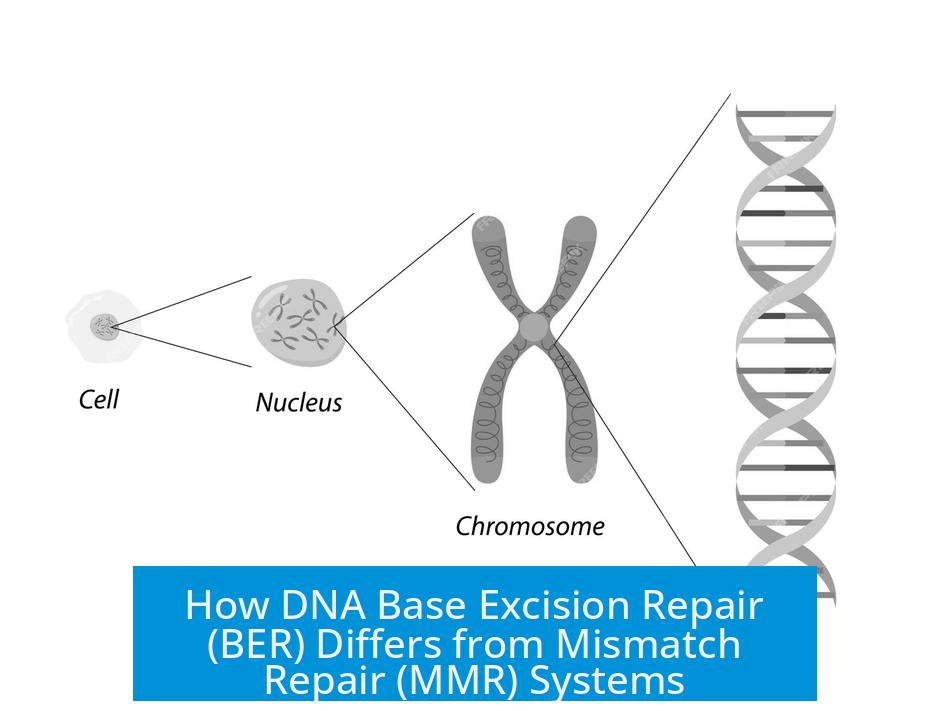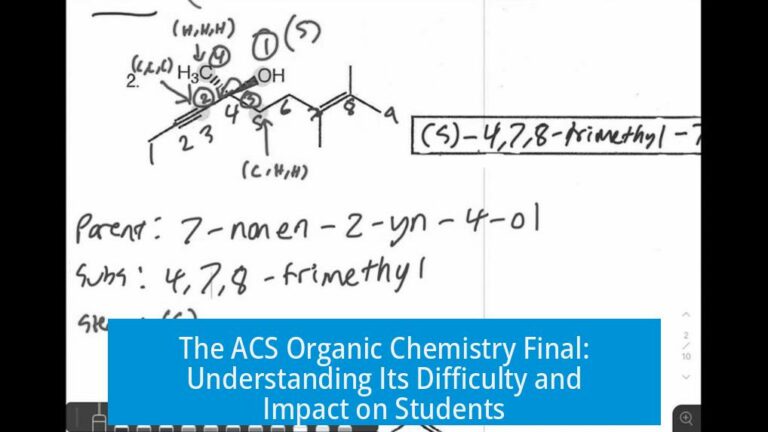Differences Between DNA Base Excision Repair (BER) and Mismatch Repair (MMR) Systems
DNA Base Excision Repair (BER) and Mismatch Repair (MMR) differ in their timing, targets, and mechanisms in maintaining DNA integrity. BER fixes damaged bases, usually outside replication, while MMR corrects replication errors soon after DNA synthesis.
1. Timing and Context of Action
- MMR works immediately after DNA replication. It corrects errors introduced during the copying process on the newly synthesized strand.
- BER functions when DNA bases are chemically damaged, for example, by radiation or oxidative stress, often independent of replication timing.
2. Recognition Targets
- MMR detects structural distortions in the DNA helix caused by mismatches, not specific incorrect bases.
- BER identifies precise chemically altered bases, such as methylated or oxidized bases, and targets only those for removal.
3. Scope and Specificity of Repair
- MMR can recognize a broad range of base mismatches by sensing DNA bending but has varying efficiency depending on the mismatch type.
- BER acts more narrowly, primarily targeting specific base damages or mispairings like thymine-guanine (T:G) mismatches.
4. Mechanism of Repair
- MMR excises a large segment of the newly synthesized strand that includes the mismatch and then resynthesizes this DNA stretch.
- BER removes only the damaged or incorrect single base and replaces it without cutting out a longer DNA fragment.
Summary of Key Differences
| Feature | Mismatch Repair (MMR) | Base Excision Repair (BER) |
|---|---|---|
| Timing | Post-DNA replication | Any time, often outside replication |
| Target | DNA helix distortions (mismatches) | Chemically damaged/altered bases |
| Repair scope | Large DNA fragment excision and resynthesis | Single base removal and replacement |
| Specificity | Broad mismatch recognition | Specific damaged bases or mispairs |
- MMR ensures replication accuracy by fixing mismatches on newly synthesized DNA strands.
- BER maintains DNA stability by removing damaged individual bases caused by environmental or metabolic factors.
- The two systems operate independently but complement each other to preserve genome integrity.





Leave a Comment